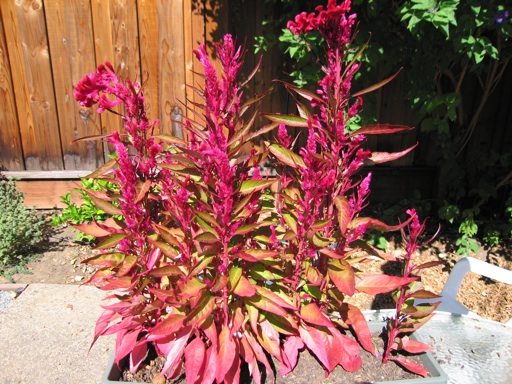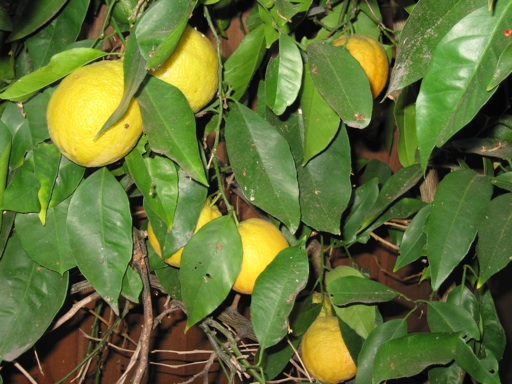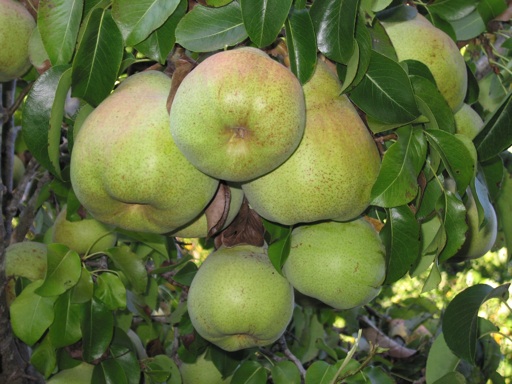
This photo is a picture of cockscomb plants (Celosia) that are growing in container in our yard. Earlier this year, a friend sent us a pack of tiny cockscomb seeds that she harvested from her cockscomb plants last year. We planted them back in April, and they are now blooming.
These cockscombs have unusually shaped red flowers and reddish leaves. Our plants only reached about 18 inches tall, probably because they are growing in a small container. But they have the potential to grow up to about 3 feet tall.
We have been told that cockscombs can easily self-propagate and may soon be popping up all over the yard. That’s part of the reason I decided to grow them in a container. I think I can control where the seeds fall more easily this way.
September 22 2008 | Cockscomb | Comments Off on Cockscomb Flowers

This photo is a picture of a Valencia orange tree growing in our yard. I am still harvesting oranges from this tree in late September. Valencia oranges typically ripen in mid-summer in our area. Yet, unlike many other types of fruits, Valencia oranges do not need to be picked soon after they ripen. I am amazed at how well Valencia oranges maintain their quality, even after remaining on the tree for months after ripening. Because they last on the tree so long, we can focus on eating fruit from our peach and pear trees in August, while we save the oranges for a later harvest.
Valencia oranges are tasty and juicy fruits. We often use them to make fresh orange juice. Some of them are great for fresh eating as well. Although, I have found that our Valencia oranges are generally not as consistently good for fresh eating as the oranges from our navel orange bush. The navel oranges are nearly always tasty, sweet, and tender. On the other hand, my experience has been that Valencia oranges are easier to grow than navels. Valencias don’t seem to require as much care as navels.
September 22 2008 | Oranges | Comments Off on Valencia Oranges

This is a picture of a Comice pear tree growing in our yard. This year, it is full of fruit. The pears are nearly ready to be picked. In our area, late September is an ideal time to harvest Comice pears.
Comice pears should be picked when they are still green and hard. When I first harvested pears from this tree a few years ago, I let the pears ripen at room temperature for several days. That turned out to be a mistake. Even after a few weeks, the pears were still very hard, and they tasted terrible.
Years after that, I read that many pears, such as Comice and Bosc, need to be stored in refrigeration for about 3-4 weeks after harvest, and then brought back to room temperature to ripen. Unlike Bartletts, Comice pears do not ripen properly at room temperature without prior refrigeration.
Last year, I picked a few Comice pears from our tree and refrigerated them for a month after harvest. Then, I took them out of the refrigerator and let them ripen in a fruit bowl for about a week. They were delicious. Properly ripened Comice pears are very sweet. They almost taste as good as Bartletts.
Back in June, I put bird netting around most of the tree. The netting keeps the local squirrels from eating the fruit. Some years, I lost the entire crop to squirrels. They typically remove the pears months before they are ready to pick. This year, I haven’t seen any half-eaten fruit lying around the base of the tree.
September 22 2008 | Pears | Comments Off on Comice Pear Tree


